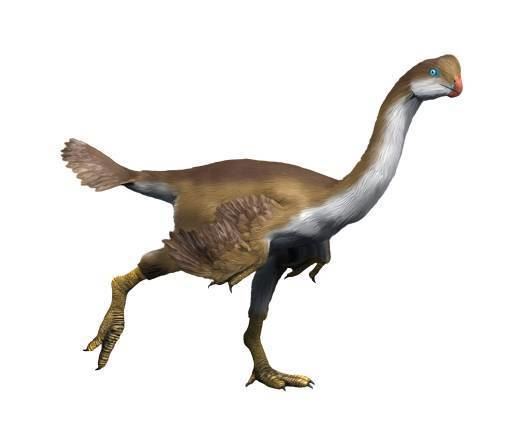 | ||
Paleontology or palaeontology (from Greek: paleo, "ancient"; ontos, "being"; and logos, "knowledge") is the study of prehistoric life forms on Earth through the examination of plant and animal fossils. This includes the study of body fossils, tracks (ichnites), burrows, cast-off parts, fossilised feces (coprolites), palynomorphs and chemical residues. Because humans have encountered fossils for millennia, paleontology has a long history both before and after becoming formalized as a science. This article records significant discoveries and events related to paleontology that occurred or were published in the year 2016.
Contents
Research
Research
Research
Research
Research
Research
Research
Research
Research
Research
Research
Research
Research
Research
Research
Research
New taxa
Metatherians
Other non-eutherian mammals
Research
New taxa
Xenarthrans
Afrotherians
Bats
Odd-toed ungulates
Even-toed ungulates
Cetaceans
Carnivorans
Rodents
Primates
Other eutherians
Research
Research
References
2016 in paleontology Wikipedia(Text) CC BY-SA
